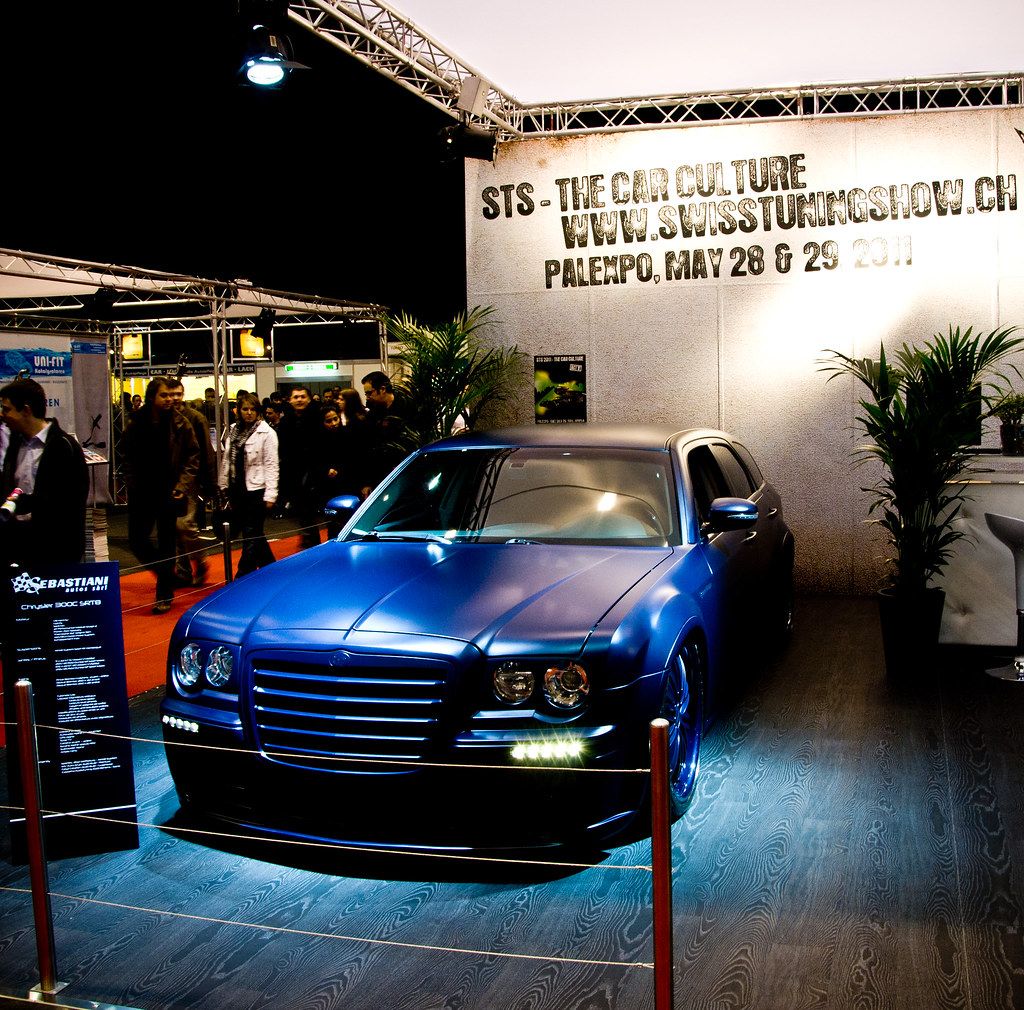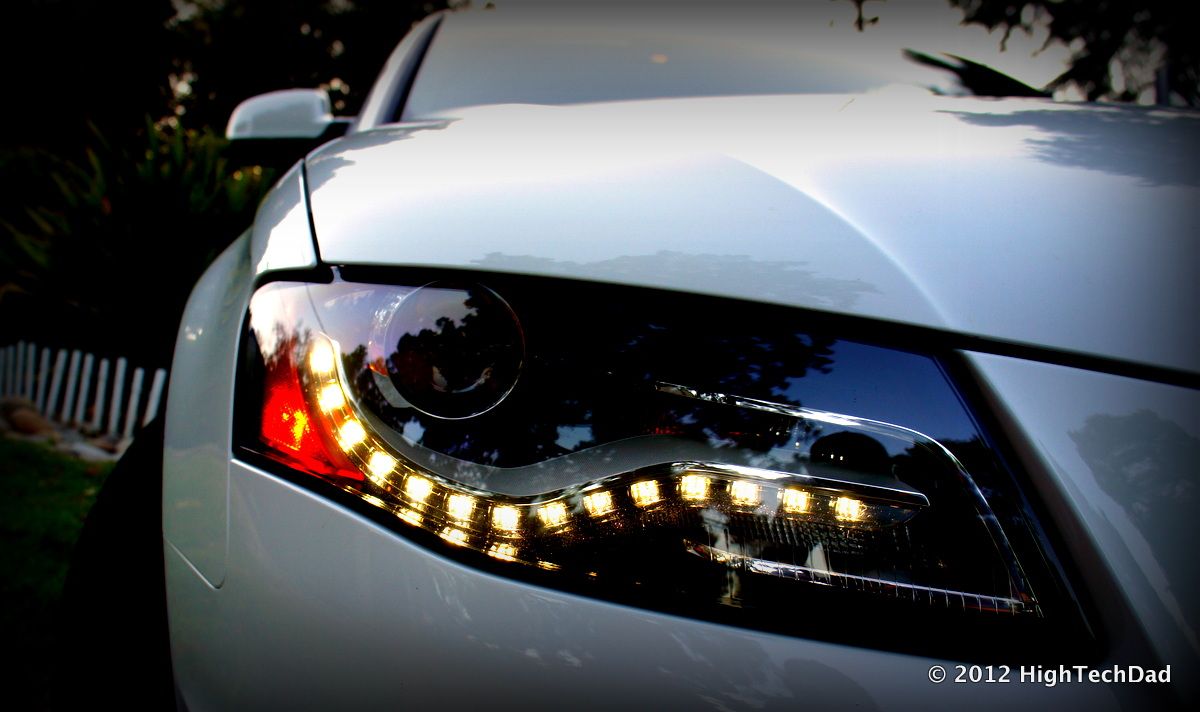
From a rather niche product, DRLs have become one of the common features of safety for modern cars worldwide, aimed at enhancing visibility in daylight for the sake of increasing road safety in adverse conditions, such as bad weather or rural areas where wide natural sceneries can mask a driver from view.
Equally important is the vast amount of development in the technological field of manufacturing DRLs themselves. Modern vehicles are increasingly using LED technology to provide bright and efficient lighting. LEDs use minimal power with great lumens output; hence, they have contributed highly to the energy efficiency of the vehicle. Since then, manufacturers have adapted designs and the light intensity of the DRLs to aesthetic and functional demands: They should blend into the overall design of a vehicle while performing their safety function. With the introduction of DRLs, road safety statistics have improved significantly, which has raised many questions among automotive experts, safety organizations, and regulating bodies regarding their further usage.
Safety issues
Despite the advantages of being safe to drive, DRLs have been a controversy since this technology may dazzle drivers by diverting their attention from critical road hazards in those particular cases where several light sources create cognitive overload.
While there are many studies proving that DRLs help to improve safety, skeptics point out that visibility cannot solely ensure safety on the roads since driver behavior, the state of the vehicle, and even environmental conditions also play crucial factors, which perhaps raises a question as to whether safety can be guaranteed by technology alone.
Apart from the issue of safety, there are also implications for driver behavior that need to be considered. Some drivers may cultivate a false sense of security and thus believe that being more visible takes away the need to be vigilant. The ‘invincibility effect’ can further lead to more hazardous driving practices because drivers may underestimate the risks associated with speeding, distracted driving, or failing to use turn signals. The introduction of DRLs in vehicle design features did not eliminate the essence of defensive driving skills, which is crucial in avoiding accidents.
Discussion of daytime running lights is further confounded by regional differences in laws and regulations. While some countries call for obligatory DRLs, others make them optional. Such inconsistency leads to confusion among various drivers, especially those who drive across regions. For instance, a car with DRLs may be perceived differently depending on where the driver is. While some regions may have totally embraced the technology, debate about its usefulness may still be raging in others. The regulatory authorities must therefore strike a balance between making sure such technologies as DRLs encourage safety and that the driver remains observant of whatever is happening on the road and drives accordingly.
Ultimately, the debate over DRLs reflects bigger themes in automotive safety and technology. While manufacturers continue to evolve with creative lighting solutions, it is important that such developments consider the societal implications of those advancements. DRLs can make roads much safer, but they need to be part of a more comprehensive approach that focuses on responsible driving and awareness on the road. The debate on DRLs will not stop developing as complications will grow along with the context of modern driving, pushing us for more critical thinking on how all road users may be better protected. Understanding both sides, that guardian angel and hidden devil of DRLs, will provide a way to make informed choices and policies in the years to come.
Beneficial or potentially hazardous?
The debate on DRLs upraises the red flag of driver distraction, particularly in cities where many sources of light are fighting for attention; it could result in a higher chance of accidents if drivers are too entranced by the lights and not pay enough attention to the road.
Additionally, with the mental effort used to process all types of stimuli, less attention would be paid to relevant hazards on the road. It has been proved that human attention is limited and that when drivers are under the impact of several striking stimuli, they are not as good at recognizing potential dangers. A bright DRL in heavy pedestrian zones can lead, for example, to drivers not noticing the subtle movements or even changes in the behavior of pedestrians. What is more disturbing is that this cloak of insecurity has been added to an already high number of incidents that involve pedestrians in urban centers palpably. These studies’ findings raise basic questions regarding the on-road effectiveness of DRLs in enhancing safety against their distracting potential for drivers.

In other words, the ‘invincibility effect’ of DRLs psychological consequence is that drivers would become so confident and secure that they would take unnecessary risks on the road, believing their increased visibility would shield them from accidents.
Besides, it is not as crystal clear whether DRLs actually prevent accidents. While some research identifies that DRL use has resulted in the reduction of daytime collision rates, other studies note that the majority of crashes can still be traced to human error. Distraction, impaired driving, and risk-taking behavior are major factors in road safety, regardless of whether or not a vehicle is fitted with DRLs. This leads to a broader conversation regarding reliance on technology as a substitute for responsible driving practices. While there is an overriding sentiment that can be said-if I can be seen, I am safe-complex driving scenarios call for strong judgment from the human aspect. On a more regulatory level, different international standards for DRLs create some confusion for drivers, especially those crossing borders. In Europe alone, while many countries have made it imperative, others allow it as optional. This inconsistency fuels the misconception of its purpose and how well it works. The drivers may not realize that apart from being safety features in some areas, DRLs are also dictated by law. At least this difference points to the need for uniform regulations instructing the driver on how to use and expect DRLs.
Then, from a manufacturer’s standpoint, is the inclusion of DRLs in the vehicle design itself also a question of marketing versus safety? Are automakers accommodating the aesthetic desire of their customers rather than a valid safety need? As others have said, since DRLs have become more prevalent of late, it could also be a matter of consumer demand for modern features rather than any improvement in safety. This trend hence questions the motives behind automotive innovations and their correlation with real-world safety outcomes.
Balance between technology and driver awareness
A good balance between technology and driver awareness is needed in ensuring road safety, wherein DRLs will provide an added advantage to a keen driver and not replace him or her, and this again highlights the need for education regarding proper driving behavior and the limitations of technology.
Further Research on Alternative Technologies and Light Sources
The research and development of other technologies and lighting sources would lead to a more effective system of using DRLs. For instance, it would probably be much better to have lights that change depending on the driving conditions than some permanent installation. In such a way, automotive lighting will be the future of driving, safer and more attuned to needs on the road. Public discussion and study of the impact of DRLs, coupled with consideration of other alternatives, will be crucial in opening the path toward a safer highways.

The debate on DRLs covers everything from visibility to driving behavior, overdependence on technology, to legislative obstacles. This adds weight to the need for continuous consultation and deliberation amongst manufacturers, regulators, and drivers in order to enhance the benefits while reducing adverse effects.
Related posts:
Episode 7: The Guardian Devil — Night Shift Media Group
I was an astrologer – here’s how it really works, and why I had to stop
Living the Liturgical Year for Catholics



